08-03-Daily AI News Daily
AI News Daily 2025/8/3
AI News Daily | Morning 8 AM Updates | Aggregated Data from Across the Web | Frontier Science Exploration | Industry Voice | Open Source Innovation Power | AI and the Future of Humanity | Visit Web Version ↗️
Today’s Roundup
Li Auto launched its new VLA assisted driving system, introducing the "driver large model" concept to enhance driving safety and fluidity.
Video tool Runway unveiled its Aleph model, allowing users to edit videos with natural language commands, significantly lowering post-production barriers.
Frontier research explores using generative models to restore images in adverse weather, and building more personalized AI with "Personal Vector" technology.
Rumors about GPT-5's performance persist, while OpenAI faces internal management challenges and fierce talent competition from companies like Meta.
Anthropic terminated OpenAI's access to its API, coupled with the relative failure of Llama 4, highlighting dramatic shifts in the AI industry's competitive landscape.AI Product & Feature Updates
Li Auto has officially launched its Li Auto i8, featuring the brand-new VLA (Vision-Language-Action) Assisted Driving System, ushering in the “driver large model” era 🚀. This system goes beyond simple imitation learning; it leverages language intelligence for deep thinking and decision-making, allowing natural language interaction with drivers. Thanks to massive self-iterated generated data in simulation environments, it’s evolving towards A More Understanding Personal Driver - (AI News), offering a smoother, safer driving experience.
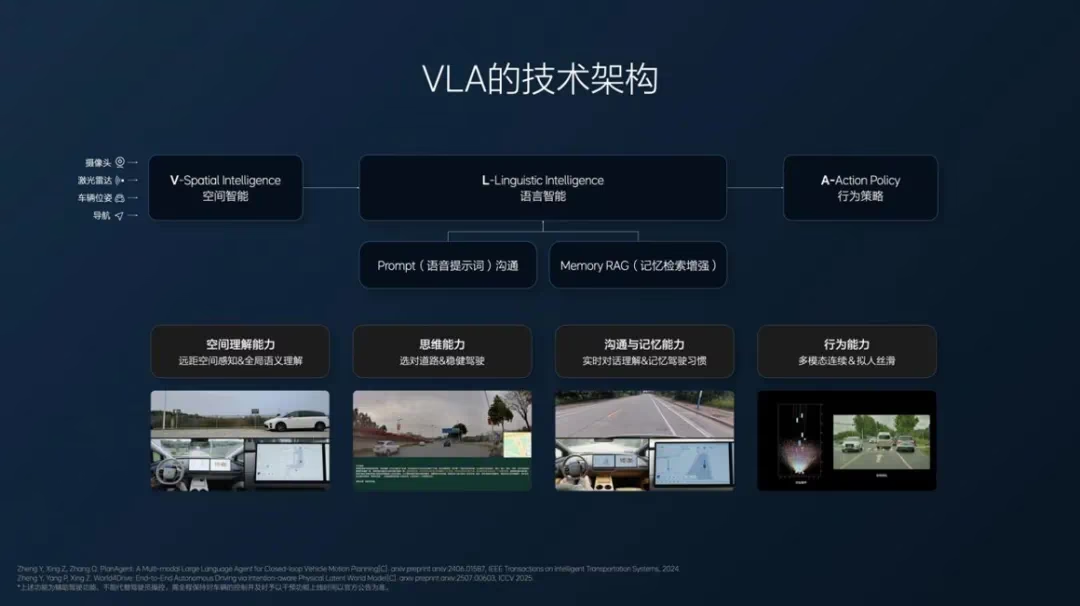
Runway, the video creation tool, just dropped a bombshell, introducing Aleph, its brand-new video editing model, making video editing as simple as chatting ✨. Users can effortlessly add or remove objects, change scene lighting, or even generate entirely new camera angles using natural language commands. This Powerful New Feature - (AI News) marks another massive leap in video content creation and manipulation, flattening the barrier to complex post-production. 🔥
AI Frontier Research
An Innovative Academic Research - (AI News) proposes an “AI image repair shop” to help autonomous vehicles see clearly through “digital storms” like bad weather or sensor noise. This innovative study suggests a system that can repair images in real-time before they reach the control system. By leveraging generative models like CycleGAN and pix2pix to restore damaged images, this method significantly boosts the robustness and reliability of visual control systems. It’s like giving AI drivers a pair of magical all-weather shades! 😎
Anthropic is making AI chatbots truly “understand you” with its “Personal Vector” technology, as revealed in a Research Post - (AI News). This feature lets users finely tune a model’s “personality,” hinting at a future where Claude could perfectly match your personal preferences and conversational style. Get ready for a hyper-personalized AI companion tailored just for you! ✨
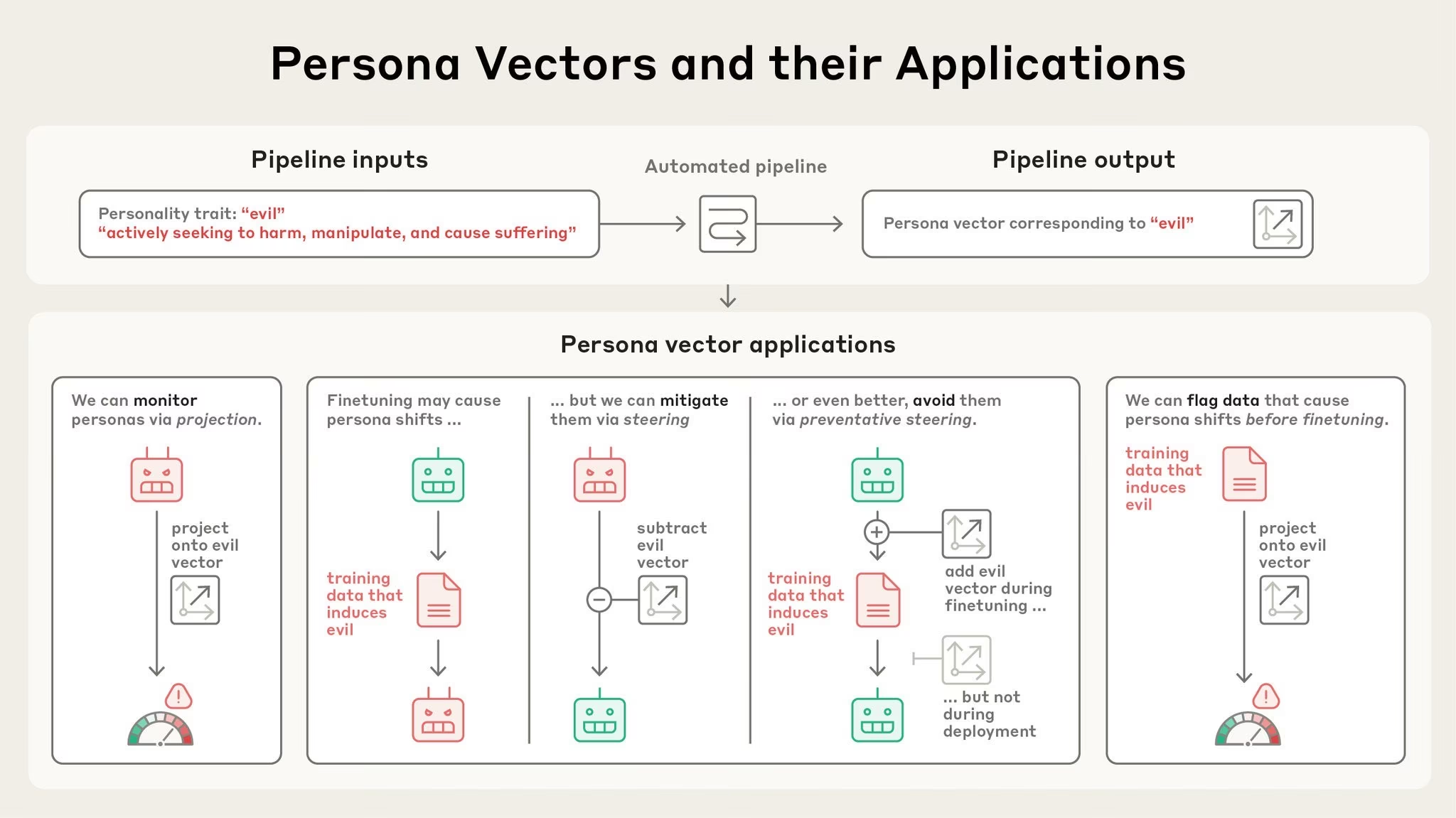
MIT Press has offered an Excellent Introductory Reading - (AI News) for anyone wanting to quickly grasp core machine learning concepts without getting bogged down by complex math. This book clearly reveals the principles behind game-changing technologies like speech recognition and autonomous driving. It’s the perfect starting point for anyone curious about how computers learn from data. This is absolutely essential foundational knowledge for the digital age! 🧠
AI Industry Outlook & Social Impact
Rumors are swirling around GPT-5, with in-depth Foreign Media Reports - (AI News) suggesting its performance boost might not be another “quantum leap” but rather a focus on refining practical capabilities like programming and math. Meanwhile, OpenAI is battling internal and external challenges: execs are openly complaining on Slack, Meta is aggressively poaching talent, and even the highly anticipated Orion model has been downgraded due to subpar performance. Despite all this, a whopping $300 billion valuation and a new funding round show the capital market is still brimming with confidence. 🤔
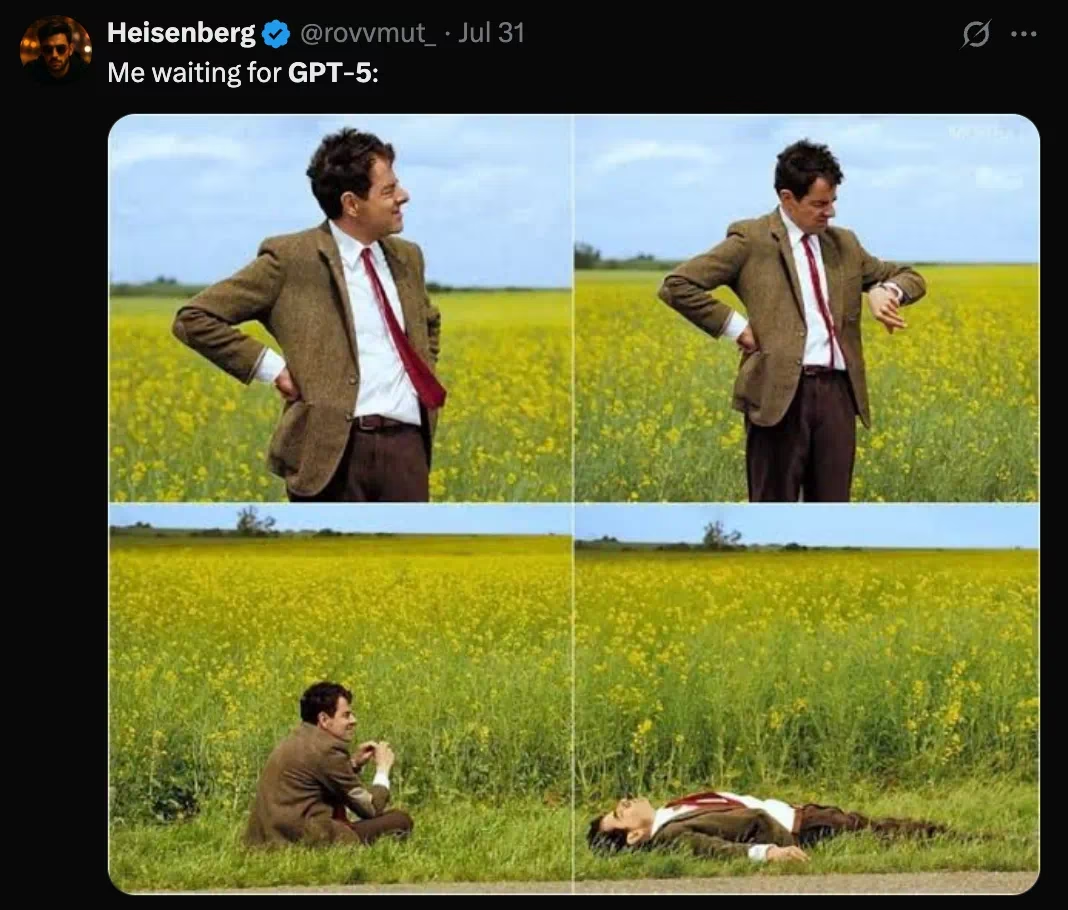
A high-profile “breakup” drama is unfolding between AI giants: Anthropic announced it has revoked OpenAI’s access to its Claude API, citing violations of service terms. This sudden development has Sparked Heated Discussion in the Tech Circle - (AI News), highlighting the increasingly tense competitive landscape among top model providers. It’s not just a clash of technical approaches but a fierce showdown over commercial interests and rule boundaries! 🔥
Why has the AI landscape undergone such a dramatic shift? Ethan Mollick, a Wharton School professor, pointed out in a Tweet - (AI News) that the “relative failure” of Llama 4 was a pivotal turning point. He believes this event not only shifted the focus of open-source model development towards China but also pushed many companies towards closed models and intensified the battle for AI talent within the U.S. It’s a fantastic case study of the “butterfly effect” in tech ecosystem evolution. 🦋
Top Open Source Projects
The Dyad project swoops in like a hero! Tired of vendor lock-in when building AI applications? It’s a free, local, and open-source AI application builder, aiming to be a strong alternative to tools like v0. Go check out its Project Homepage - (AI News) – this rising star with ⭐3.4k stars is all about democratizing AI app development. ✨
The Motia project, with its ⭐4.5k stars, wants to be your all-in-one choreographer! Juggling APIs, events, and AI agents can feel like a complex multi-person dance. It offers a Unified Backend Framework - (AI News) designed to streamline the development process, letting you focus on creation instead of tedious low-level setup. This is precisely the elegant simplification every developer dreams of! 🚀
The OpenBAS platform, with its ⭐1.2k stars, lets you play “attacker” to find out yourself! Just how secure is your system? This open-source Attack Surface Validation Platform - (AI News) allows organizations to proactively and systematically test and strengthen their defenses before real hackers come knocking. 🛡️
The legendary ⭐192.5k-star project javascript-algorithms is the ultimate training ground! For developers, mastering algorithms is like a Jedi Knight mastering the Force. It offers a treasure trove of JS Algorithms and Data Structures - (AI News), complete with clear explanations and learning links. This is a must-have resource that programmers of all levels should bookmark. 📚
The star-studded (⭐157.4k) The Art of Command-Line project is the “one-page spellbook” to unlock that power! The command line is a developer’s superpower. This Popular GitHub Guide - (AI News) distills decades of command-line wisdom into a concise yet potent resource. Stop fearing the terminal; it’s time to truly master it! 💻
Social Media Shares
Meng Shao shared a “super-lightspeed workflow” that orchestrates AI tools like Claude Code and ChatGPT into a collaborative force! Want to boost your development efficiency by 10x? This methodology, using AI-driven planning, task breakdown, parallel development, and even code review, vividly paints the future of software engineering before our eyes. Check out the specific process in This Awesome Post - (AI News). ⚡
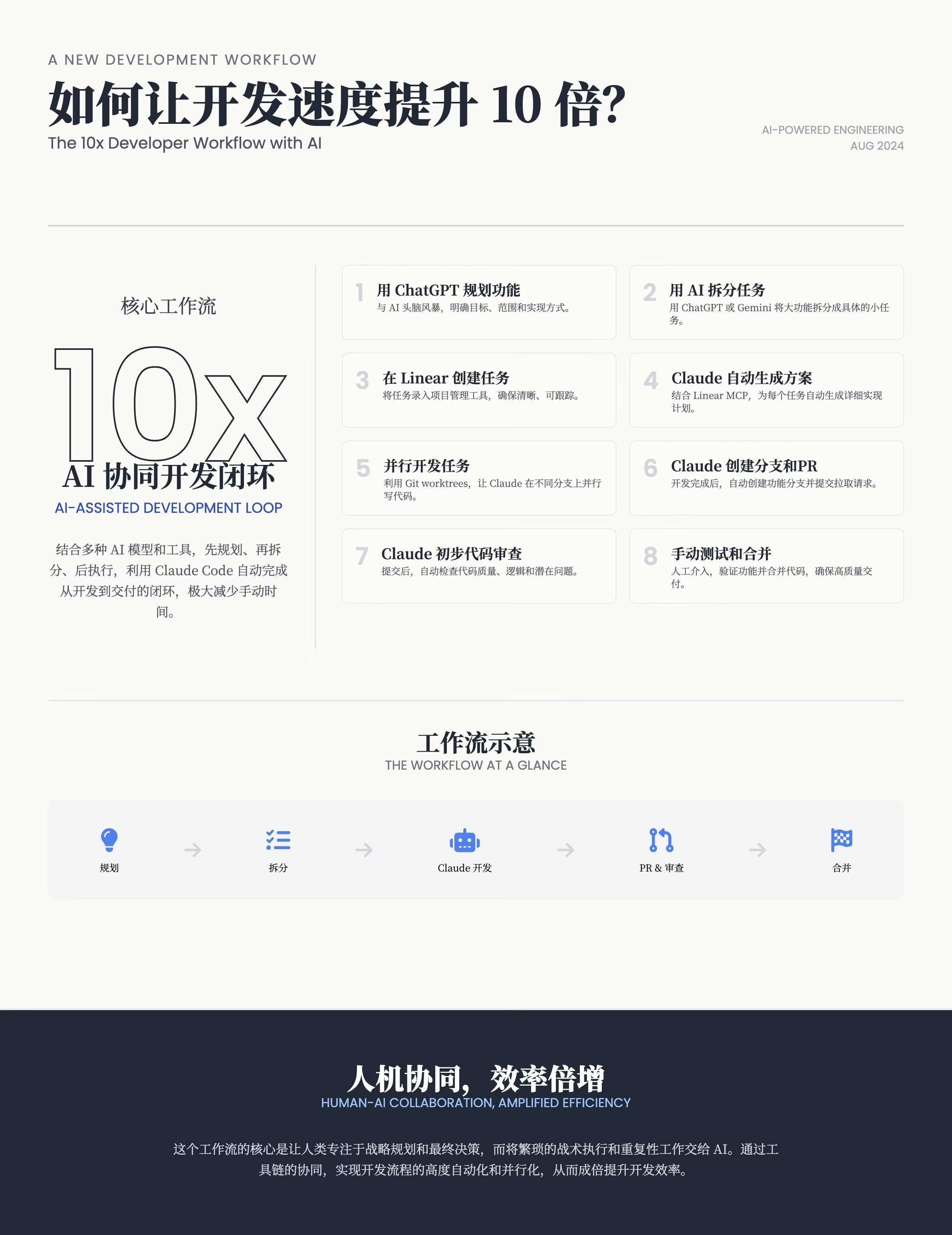
Are you up to speed on all the GPT-5 rumors? A Widely Circulated Post - (AI News) breaks down the juicy details from The Information’s exposé for you. The new model isn’t chasing another “intelligence leap” but rather focusing on practicality, introducing a “universal validator” reinforcement learning mechanism. The post also spills the tea on GPT-4.5’s bottlenecks and OpenAI’s internal management challenges. 🧐
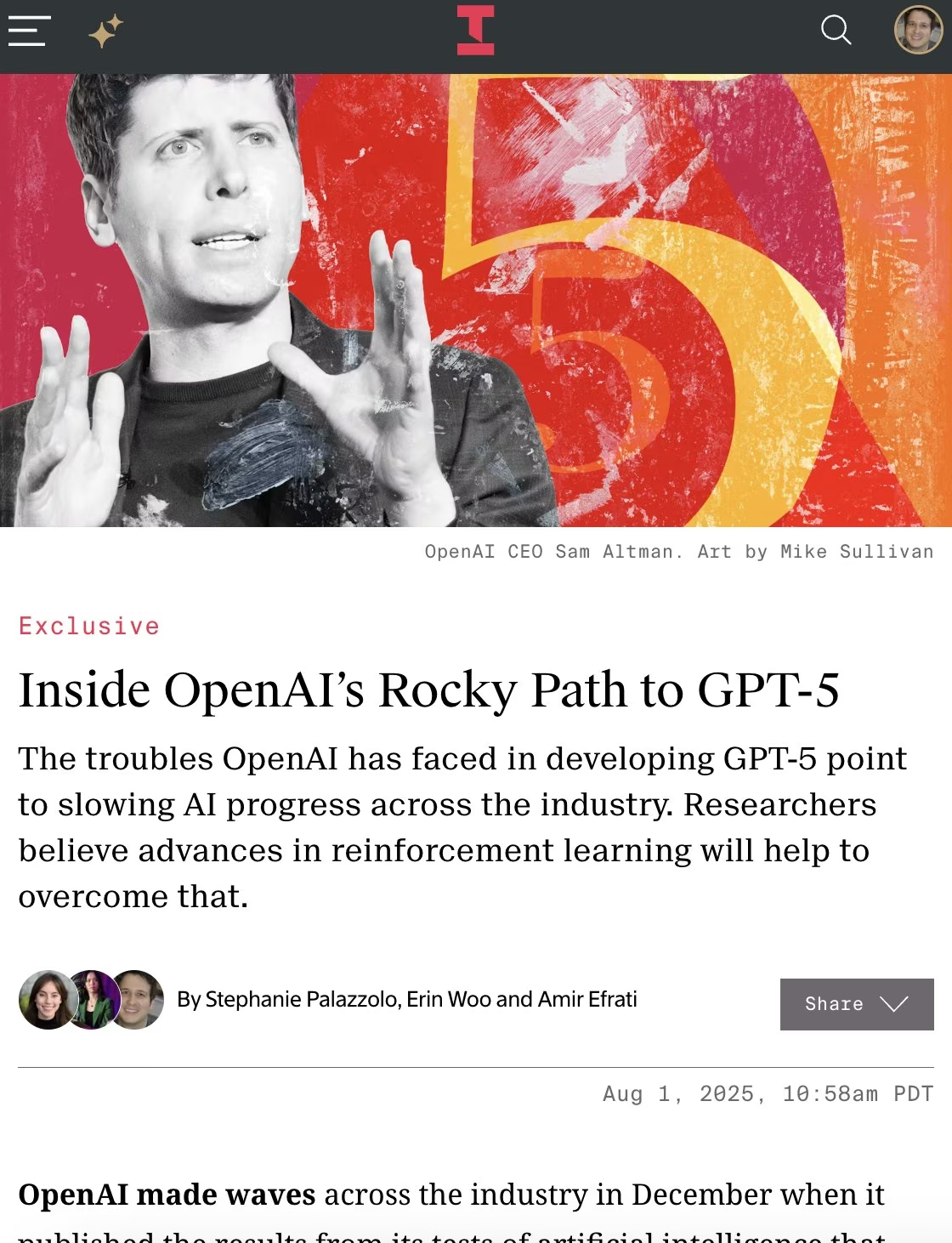
What really happens behind the scenes when you upload a document to AI? A user on Reddit posed this classic question: Is it simple context stuffing, or is complex RAG (Retrieval-Augmented Generation) at play? This Interesting Discussion - (AI News) reveals the core trade-offs of the two main approaches: the former might blow up the context window, while the latter risks missing crucial information. 🤔
A Reddit user cracked the code, demonstrating how to transform low-resolution Google Earth screenshots into cinematic drone footage using a clever AI Tool Combo - (AI News)! Ever dreamt of becoming an aerial photography master without leaving your couch? This perfectly showcases how creative thinking can mix and match different AI technologies to produce stunning visual effects. 💡

A post highlighted Teacher Baoyu’s practical advice on “Context Engineering.” How can average folks use AI efficiently? Its core idea, as stated in a Practical Share - (AI News), is simple yet profound: provide AI with less but more precise context. This is a “quality over quantity” wisdom that helps you get more satisfactory answers from AI. ✨
AI Product Self-Promotion: AIClient2API ↗️
AIClient-2-API. Tired of constantly switching between various AI models and getting your hands tied by annoying API rate limits? Well, guess what? You’ve got the ultimate solution now! 🎉 ‘AIClient-2-API’ isn’t just your run-of-the-mill API proxy; it’s a magic box that can “turn lead into gold,” transforming tools like Gemini CLI and Kiro client into powerful OpenAI-compatible APIs.
The core charm of this project lies in its “reverse thinking” and powerful features:
✨ Client Transforms into API, Unlocking New Possibilities: We’ve cleverly leveraged Gemini CLI’s OAuth login, letting you easily break through the rate and quota limits of official free APIs. Even more exciting, by encapsulating the Kiro client’s interface, we’ve successfully unlocked its API, allowing you to seamlessly call the powerful Claude model for free! This offers you an “economical and practical solution for programming development using the free Claude API with Claude Code.”
🔧 System Prompts, All Yours to Command: Want to make your AI more obedient? We’ve got powerful System Prompt management features! You can easily extract, replace (‘overwrite’), or append system prompts in any request, finely tuning AI behavior on the server side without needing to touch client-side code.
💡 Top-Tier Experience, Budget-Friendly Cost: Imagine this: using the Kiro Code Assistant right in your editor, coupled with Cursor’s efficient prompts, and then pairing it with any top-tier large model—why even stick to Cursor when you can get that magic here? This project lets you assemble a development experience comparable to paid tools at a super low cost. Plus, it supports MCP protocol and multi-modal inputs like images and documents, so your creativity knows no bounds!
Say goodbye to fiddly configurations and hefty bills, and embrace this new AI development paradigm that’s free, powerful, and flexible all rolled into one!
Listen to the Voice Version of AI Daily
| 🎙️ Xiaoyuzhou | 📹 Douyin |
|---|---|
| Reincarnation Tavern | Self-Media Account |
 | 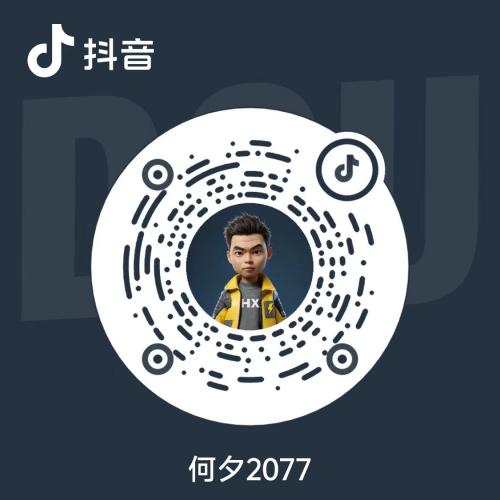 |
AI Sci-Fi Novel - “The Gazer”
Chapter One: Eyes Under the Stars
1. (Ancient Times)
The final thunderstorm of the rainy season tore at the East African savanna sky like a furious beast clawing at the heavens.
Kli (Kli) huddled in the deepest part of the cave, arms wrapped tightly around his knees. Unlike the other members of his tribe, he didn’t emit low, comforting grunts between the thunderclaps, nor did he bury his face in his mother’s warm fur like the frightened young. He simply sat quietly, his body trembling slightly from cold and hunger, but his eyes remained wide open, gazing out at the chaotic, grey-white world beyond the cave mouth, momentarily illuminated by lightning.
Each flash of light tearing across the sky illuminated the cave walls like the bones of some colossal beast. The shifting interplay of light and shadow formed a strange rhythm in Kli’s brain, a pattern he couldn’t describe to his companions. While other tribe members fearfully shut their eyes, interpreting the sky’s fury as some unspeakable threat, Kli sought to understand it. He observed that the brightest flashes were always followed by the loudest roars. Light, before sound. This discovery brought him no practical benefit—it neither filled his stomach nor warmed his body—yet it was like a smooth pebble, carefully tucked into a corner of Kli’s consciousness.
The storm arrived and departed swiftly. As the final muffled thunderclap rolled towards the distant horizon, the cave stirred to life. The leader, Gron (Gron), was the first to stand. He was powerfully built, covered in thick black fur, with an old scar stretching from his left eye to his jaw, giving him a stern and cold demeanor. He let out a short, forceful bellow—the signal to “go foraging.”
The tribe members responded promptly, shaking themselves, stretching stiff limbs, and grooming their damp fur. Hunger was the sole master in that moment. Yesterday’s downpour had kept them confined all day, and now, every stomach was empty.
Kli also stood, but unlike the others, he didn’t immediately rush towards the cave mouth. His gaze drifted over his companions’ shoulders, captivated by something outside the cave.
It was the sky.
The sky, cleansed of all dust and restlessness by the rain, displayed an unprecedented, deep obsidian-like hue. And across this boundless black velvet, billions of diamond-like specks were strewn. They weren’t searingly bright like the sun, nor did they have a distinct outline like the moon; they simply hung there silently—some bright, some dim, some shining alone, others coalescing into a faint band of light, like a solidified silver river stretching across the heavens.
Kli froze.
Kli’s feet seemed entangled by invisible vines, unable to take a step. His brain, the organ that had just separated lightning from thunder, was now utterly overwhelmed by this silent and magnificent sight. This wasn’t chaos, not a threat. He sensed an order, a breathtakingly grand order. The points of light weren’t scattered randomly; there seemed to be a mysterious connection among them, one he couldn’t yet decipher. He saw a few particularly bright stars forming a hook shape, like the branch Gron used to pull grubs from tree hollows. Elsewhere, several stars linked together, resembling a running wildebeest.
This was a brand new language, one that transcended roars, gestures, and scents. It was vast, silent, yet it seemed to be speaking to him alone.
“Kli!” Gron’s roar slammed into Kli’s consciousness like a stone cast into a deep pool. The leader turned, glaring impatiently at this young member who was slow to move. Kli’s slender build and behavior, so out of step with the rest of the tribe, had long displeased Gron. At this moment, everyone was eager to fill their bellies, yet Kli stood there like a dried-up stump, staring blankly at the empty sky.
Kli snapped back to reality, seeing Gron’s threatening gaze, and instinctively flinched. He lowered his head and quickly caught up with the group, but the starry sky was already etched into his mind like a brand. As he walked, he couldn’t help but glance back, each backward look making his steps falter.
The foraging party spread out across the savanna. Tribe members skillfully overturned rocks for lizards or probed ant nests with their long fingers. Ona (Ona), a female slightly younger than Kli, nimbly climbed a baobab tree, gathering its few fruits. She noticed Kli’s absentmindedness. He wasn’t searching for tubers with their distinct scent as usual; instead, he stopped and started, his gaze constantly drifting above the ground.
Kli was trying to memorize the stars’ positions. He discovered that as he walked east, the “silver river” also seemed to be slowly moving. This was an astonishing discovery. It wasn’t static! Like the sun and moon, it was “alive.”
Kli only realized he had strayed far from the group, and his hands were empty, when Ona handed him a tart fruit. He blankly took the fruit, put it in his mouth, and chewed mechanically. The sour juice stimulated his taste buds, but his entire mind remained captivated by that distant, shimmering sea of light.
In the evening, when the tribe returned to the cave with their meager findings, Gron tallied each member’s contribution. His patience finally ran out when he approached Kli and saw only a few inedible grass roots at his feet.
He pushed Kli aside, announcing his punishment with an angry roar—no food for Kli tonight. This was the tribe’s harsh law of survival: no contribution, no sustenance.
Kli didn’t resist, nor did he show the usual look of fear. He simply retreated silently to a corner of the cave, the hunger in his belly burning like a fire in his guts. Yet, strangely, an unprecedented “fullness” filled his mind. He closed his eyes, and the starry sky unfurled within his consciousness, more real than any food.
Night fell, and the tribe spent it chewing and sleeping. Kli quietly crept to the cave mouth, the cold night wind chilling his slender body. He once again lifted his head, gazing at the profound night sky.
He saw that the “silver river” had moved to the other side of the sky. He saw that the “hook” had also changed its position. They were moving, rotating around an invisible center in an incredibly slow yet undeniable manner.
In that moment, the gnawing hunger in his belly, the cold in his body, the loneliness of being ostracized by the tribe—all seemed to fade into insignificance. A thought, a pure thought transcending survival instincts, ignited for the first time in his muddled consciousness, like the first spark in darkness:
I wonder if they will still be there tomorrow night?
This was Kli’s first question, one unrelated to food, mates, or danger. This was a hominid, asking the universe a question for the very first time.
The entire starry sky was reflected in his eyes.
2. (Near Future, 1.5 Million Years Later)
“Dr. Lin,” the assistant, Xiao Zhang, said, his voice laced with a hint of urgency through the static-filled walkie-talkie. “We should wrap up. Dust storm warning—it’ll be here in two hours, tops.”
Lin Yao (Lin Yao) didn’t answer immediately. She knelt in a newly excavated trench, her brush gently sweeping over a bone deeply embedded in the ochre-red soil. The setting sun cast her long shadow across the East African Rift Valley, a land celebrated as the “Cradle of Humanity.”
“Just ten more minutes,” she murmured, her tone leaving no room for argument.
Her gaze was as focused as a high-precision scanner. The discovery of this fossil was purely accidental. During the last routine stratigraphic scan before quitting for the day, ground-penetrating radar indicated a density anomaly beneath this area. Everyone assumed it was just an ordinary rock, but only Lin Yao insisted on digging it out to examine it.
Now, a part of it was finally exposed. It wasn’t rock; it was bone. More precisely, it was the top of a skull. Judging by its location within the volcanic ash deposit, it was at least 1.5 million years old, belonging to an early Pleistocene Homo erectus or an even earlier Homo habilis.
What attracted Lin Yao wasn’t its age, however, but its morphology.
Lin Yao, a top young scientist in the fields of paleoanthropological genetics and morphology, intimately understood the evolution of human skulls over millions of years. From the slightest bone ridges and sulci, she could deduce the individual’s species, approximate age, and even potential diet.
But something about this skull in front of her was off.
At the position corresponding to the human frontal lobe, the parietal bone’s curvature seemed slightly fuller than any known fossil from the same period. This expansion was minuscule, easily overlooked by anyone not as acutely sensitive to data and morphology as Lin Yao. It didn’t fit known evolutionary models. In an era of extreme scarcity, the brain was a luxurious organ, consuming enormous amounts of energy. Any brain structure expansion without a clear survival advantage would be relentlessly eliminated by natural selection.
The frontal lobe, that’s where higher cognitive functions reside—planning, decision-making, abstract thought… What would a hominid from 1.5 million years ago need such an “advanced” frontal lobe for? To better craft stone tools? Or to calculate optimal routes when chasing antelopes? None of it seemed to make sense.
“Dr. Lin, the wind is picking up!” Xiao Zhang’s voice rang out again, this time pleading.
Lin Yao swiftly stood, replying, “Got it.” She then directed the team to begin the preliminary fixation and wrapping of the fossil using the most professional techniques, preparing to cut out the entire block of earth around it and transport it back to the camp laboratory. Her movements were swift and precise, yet her heart churned with emotion.
Back in the temporary laboratory set up in a tent, the sky had completely darkened. The wind and sand began to beat against the thick canvas, producing dull thuds. Inside the lab, it was brightly lit, with various precise instruments silently operating at their respective stations.
Lin Yao didn’t even stop for water, immediately beginning a CT scan of the soil block containing the fossil. On the computer screen, tomographic images built up layer by layer, eventually forming a complete 3D model.
She zoomed in on the image, rotating the ancient skull. When she compared the data with a standard Homo erectus skull model, the anomaly was clearly highlighted—an atypical volume increase of about 3% within the cranial cavity corresponding to the frontal lobe cortex.
This was too strange. It was like finding a miniature gear, crafted from precision alloy and utterly out of its era, inside an old steam locomotive. It shouldn’t have been there.
“Maybe just an individual developmental anomaly?” Xiao Zhang leaned over for a look, offering a plausible explanation.
Lin Yao nodded, “Possibly.” Her gaze remained fixed on the screen, “But abnormalities usually come with functional impairment. Yet, judging from other parts of this skull, its owner lived to adulthood; the parietal bone’s suture lines are very clear. This suggests that this ‘anomalous’ structure, at the very least, didn’t hinder his/her survival.”
She mused, her fingers unconsciously tapping on the cold metal tabletop. Her thoughts began to branch out, shifting from morphology to her stronger field—ancient DNA.
If only… if she could extract even a tiny gene segment related to brain development from this fossil, perhaps it could explain the mystery. It was an almost impossible task. 1.5 million years was enough time for most organic molecules to degrade into oblivion. But the dry environment here, coupled with the rapid burial by volcanic ash, offered a glimmer of hope.
“Xiao Zhang,” Lin Yao suddenly spoke, “Prepare the clean room, A-level protection. I want to attempt bone sampling on him/her.”
Xiao Zhang paused, then immediately understood Lin Yao’s intention. “Doctor, that’s too risky! What if the sample gets contaminated…”
Lin Yao’s gaze held an undeniable resolve. “We don’t have much time; the HQ transport plane will be here to pick it up after the dust storm,” she said. “I have a hunch there’s something very important hidden in here. A story about our ancestors… one we’ve never seen before.”
She donned her goggles and sterile gloves, stepping into the ultra-clean room constructed with white isolation film and a positive pressure system, like a surgeon about to perform an unprecedented operation. The laser drill emitted a faint hum, carefully probing downward at a specific point on the ancient skull.
Under the shadowless lamp, Lin Yao’s eyes gleamed with the same light that shone in the eyes of the hominid gazing at the stars from the cave mouth 1.5 million years ago.
It was a pure craving for the unknown.
She didn’t know that what she was about to drill into wasn’t just a fossil, but a million-year-old secret, connecting two timelines.